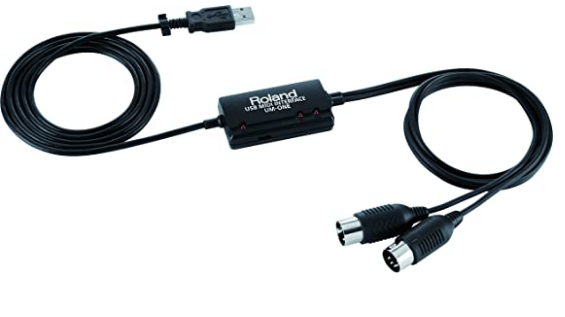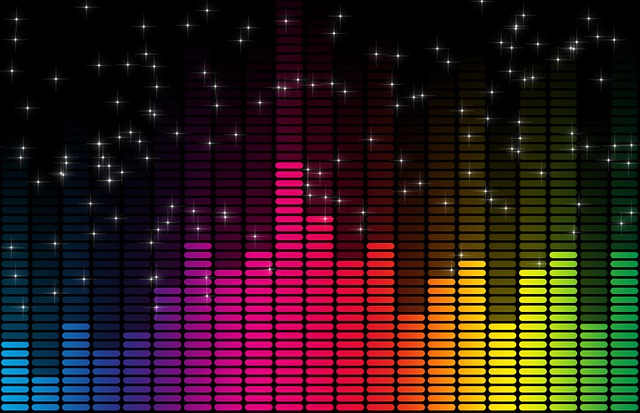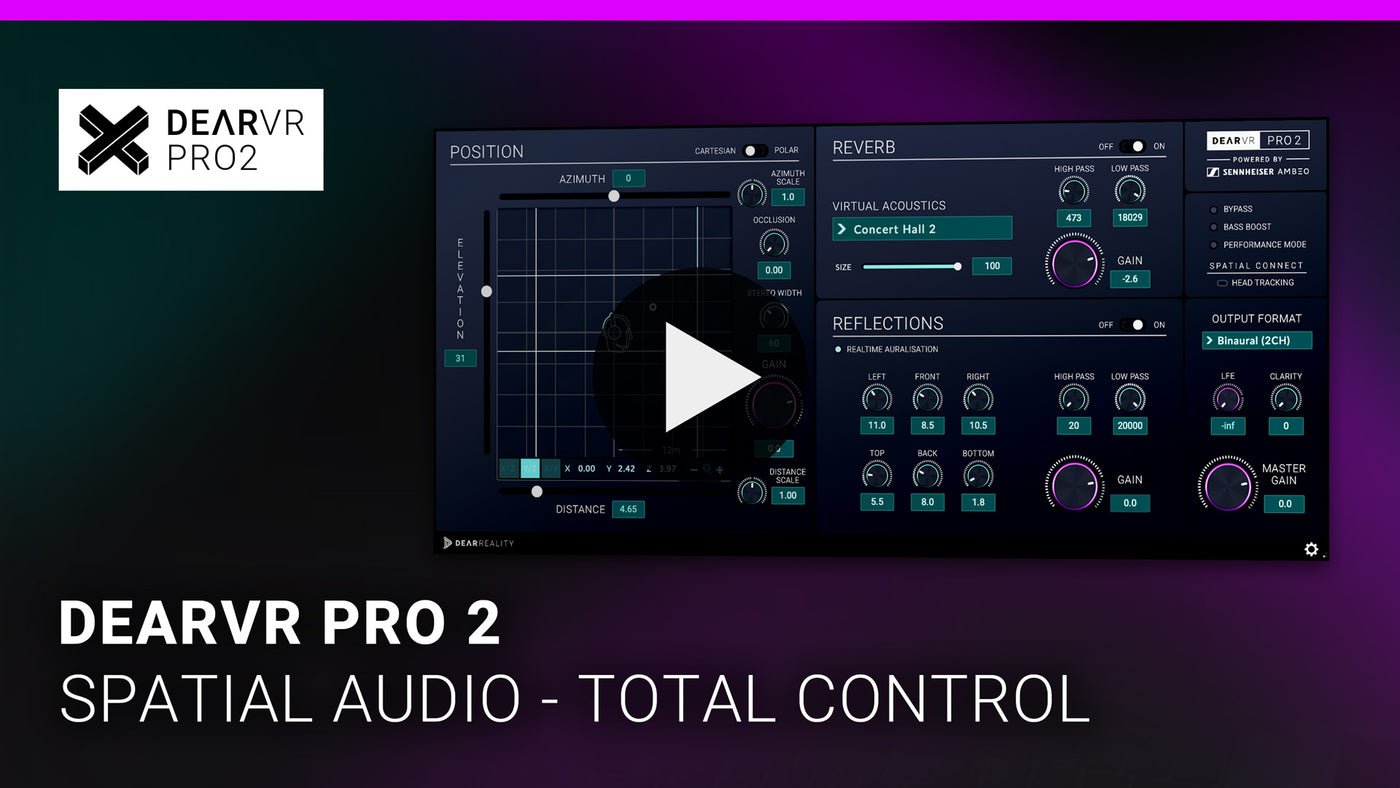
Audio cables are the links between your sound source and your amplifier. They are the one that carries all the information from your sound source to your amplifier. The sound quality will depend on how good the audio cables are.
There are many different types of audio cables in the market, but not all of them will be suitable for you. For example, if you want to use a long cable, then you need to make sure that it is shielded or has a twisted pair design. You also need to be careful about what type of connectors it has on both ends as well as its length and gauge.






 dearVR PRO 2
dearVR PRO 2


